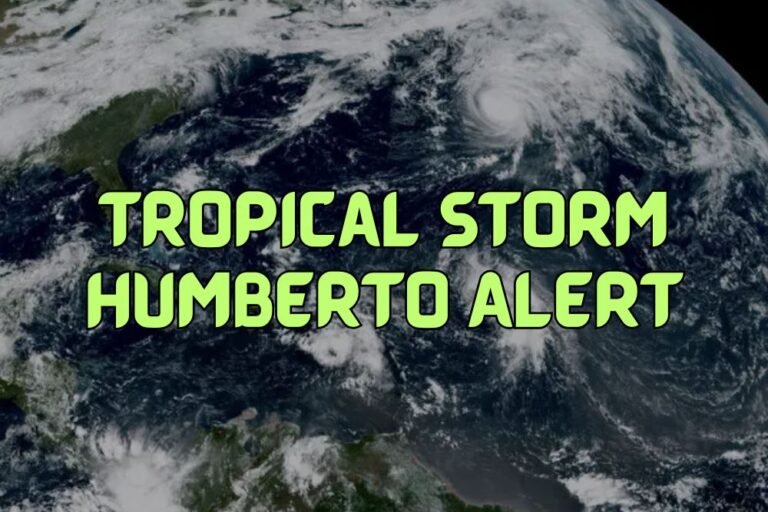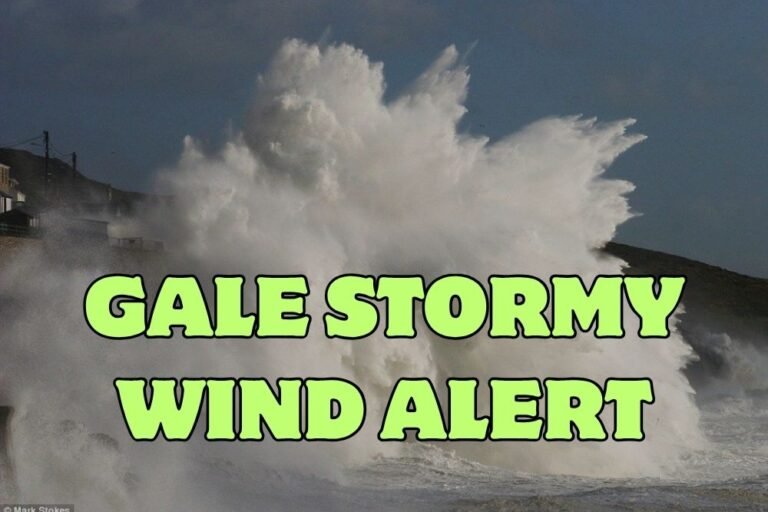Northern Lights Reach as Far South as Mexico and Florida in Rare Solar Storm Captured by Satellite
TALLAHASSEE, Fla. — A breathtaking celestial event lit up skies across North America this week as a powerful geomagnetic storm caused the northern lights to stretch unusually far south, with sightings reported as far as Mexico and Florida.
Satellite imagery released by NOAA and NASA captured the remarkable display in a high-resolution composite image, showing the auroral oval encircling the northern hemisphere and illuminating vast stretches of the planet’s atmosphere.
The storm, triggered by an intense burst of solar wind and plasma ejected from the Sun’s corona, marked one of the strongest geomagnetic events in years, producing auroras visible far beyond their typical polar range.
Satellite View Reveals Massive Aurora Ring Around Earth
The striking image taken from NOAA’s VIIRS Day-Night Band shows a complete ring of auroral activity surrounding the Arctic Circle, reaching across Canada, Greenland, northern Europe, and into the continental United States.
Experts say this kind of imagery underscores the scale of the solar activity that occurred earlier this week, which temporarily disturbed Earth’s magnetic field and expanded the auroral zone deep into lower latitudes.
“This was an incredibly strong geomagnetic storm,” said researchers at NOAA’s Space Weather Prediction Center (SWPC). “It allowed people in states like Texas, Alabama, and even parts of Florida to witness the northern lights — something that rarely happens.”
Rare Southern Visibility Across North America
While auroras are typically confined to regions like Alaska, Canada, and the northern U.S., this particular solar storm was powerful enough to push the aurora borealis deep into the southern skies.
Reports flooded in from across Florida, Georgia, Tennessee, and even northern Mexico, where vibrant shades of red, purple, and green shimmered across the night sky. Photographers from the Florida Panhandle and the Gulf Coast captured rare long-exposure shots of the aurora dancing above the horizon.
Astronomers attribute the widespread visibility to a Coronal Mass Ejection (CME) that erupted from the Sun several days ago, sending charged particles hurtling toward Earth at high speeds. When those particles collided with gases in the upper atmosphere, the result was the spectacular auroral display seen around the world.
Understanding the Science Behind the Lights
Auroras occur when energetic particles from the Sun interact with Earth’s magnetic field and atmosphere, exciting oxygen and nitrogen atoms that emit light. The color variations — from green to red to purple — depend on the type of gas and altitude of the reaction.
During strong solar storms, this energy becomes intense enough to disturb satellite operations, radio communications, and even power grids. NOAA officials confirmed that while this week’s event was visually stunning, it did not cause any significant infrastructure disruptions.
A Historic Display for the Southern States
The last time the aurora was seen this far south was during a major geomagnetic storm in March 1989, which caused blackouts in parts of Canada. Experts say the current solar cycle, known as Solar Cycle 25, is now nearing its peak — meaning similar aurora sightings may become more frequent in the coming months.
Residents across the Gulf Coast and southern states took to social media to share images and videos of the dazzling skies, many describing it as a “once-in-a-lifetime experience.”
Astronomer Dr. Jenna Matthews from the University of Alabama noted, “The fact that auroras were visible from Florida to Mexico shows just how energized Earth’s magnetic field became. It’s something we may not see again for many years.”
Looking Ahead
The Space Weather Prediction Center continues to monitor solar activity, noting that more moderate storms could follow as active sunspot regions rotate toward Earth. Scientists are advising skywatchers in mid-latitudes to remain alert for potential auroral activity during clear nights in the weeks ahead.
For now, the awe-inspiring satellite image — showing the entire northern hemisphere glowing in the wake of the solar storm — serves as a reminder of both the beauty and power of space weather.
Stay connected with SaludaStandard-Sentinel.com for the latest updates on space weather, aurora forecasts, and atmospheric science impacting the Carolinas and beyond.







